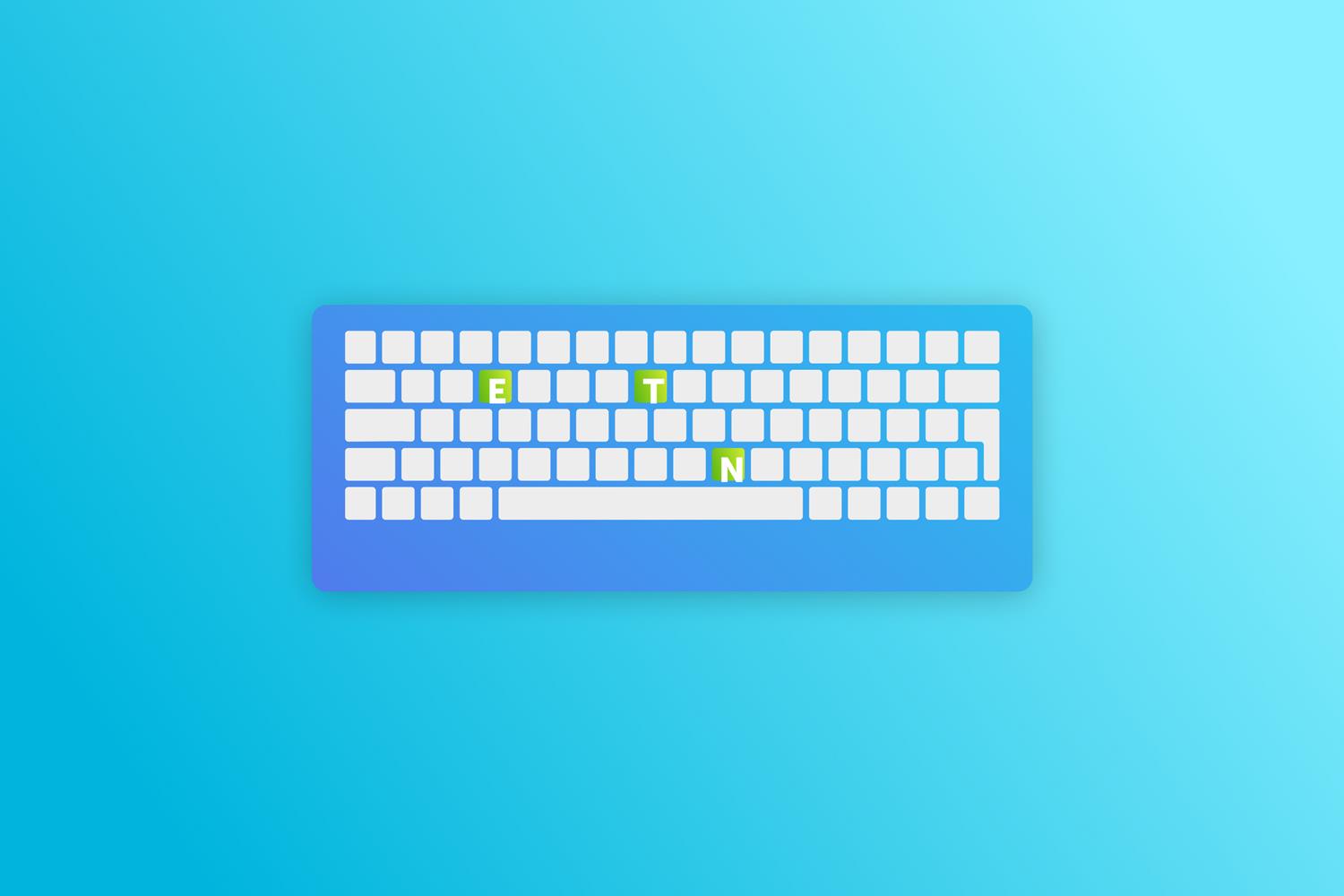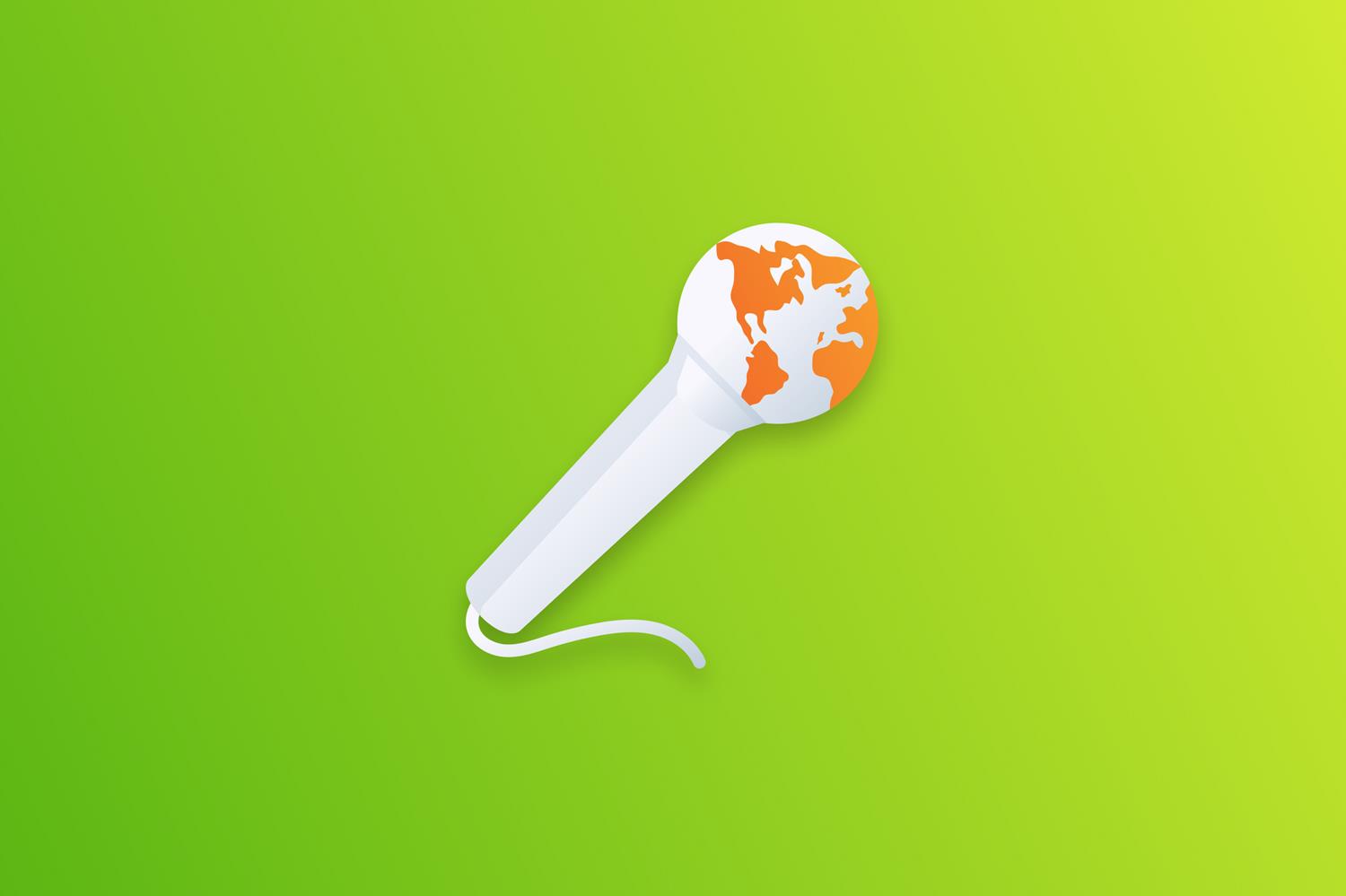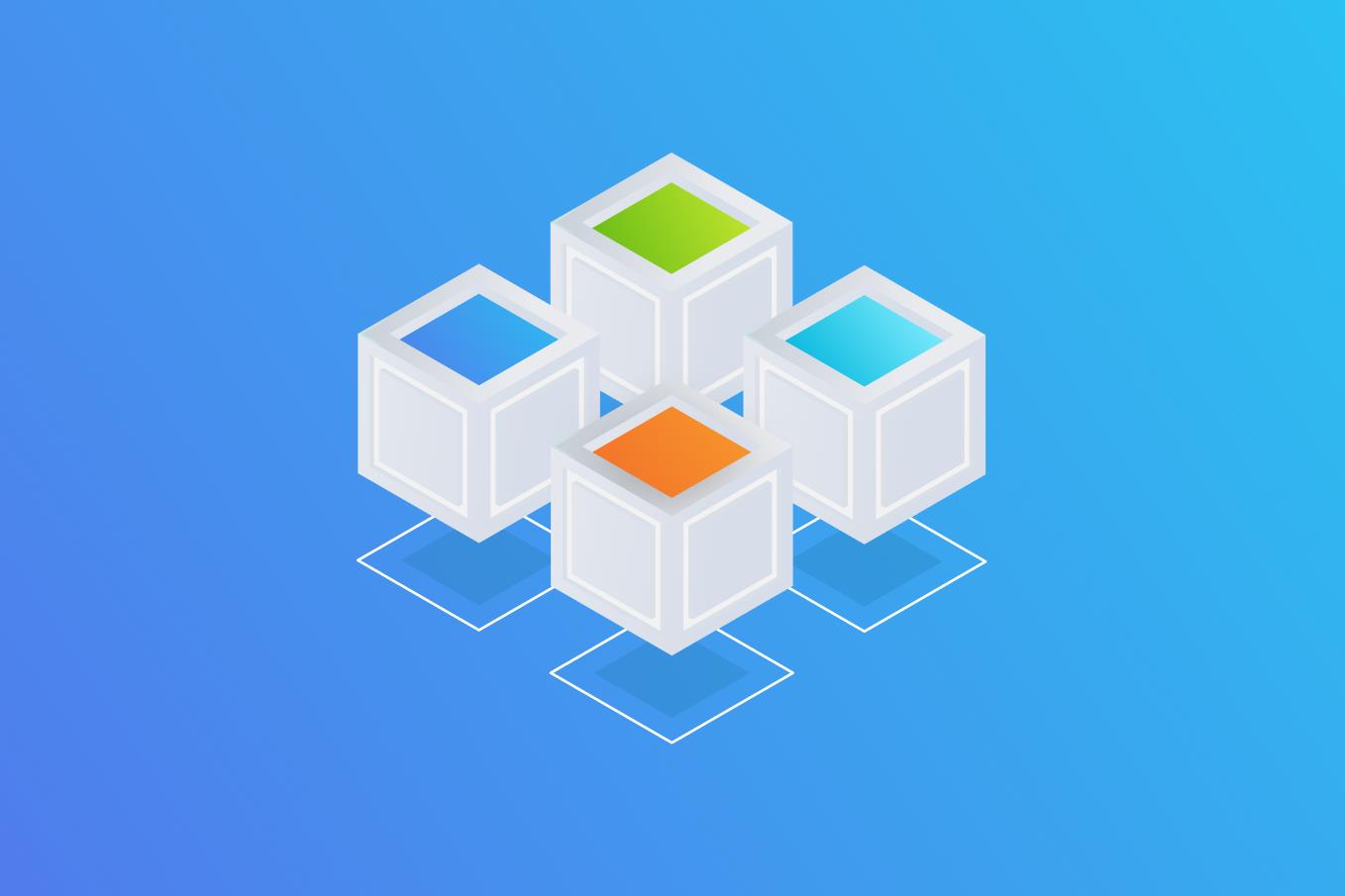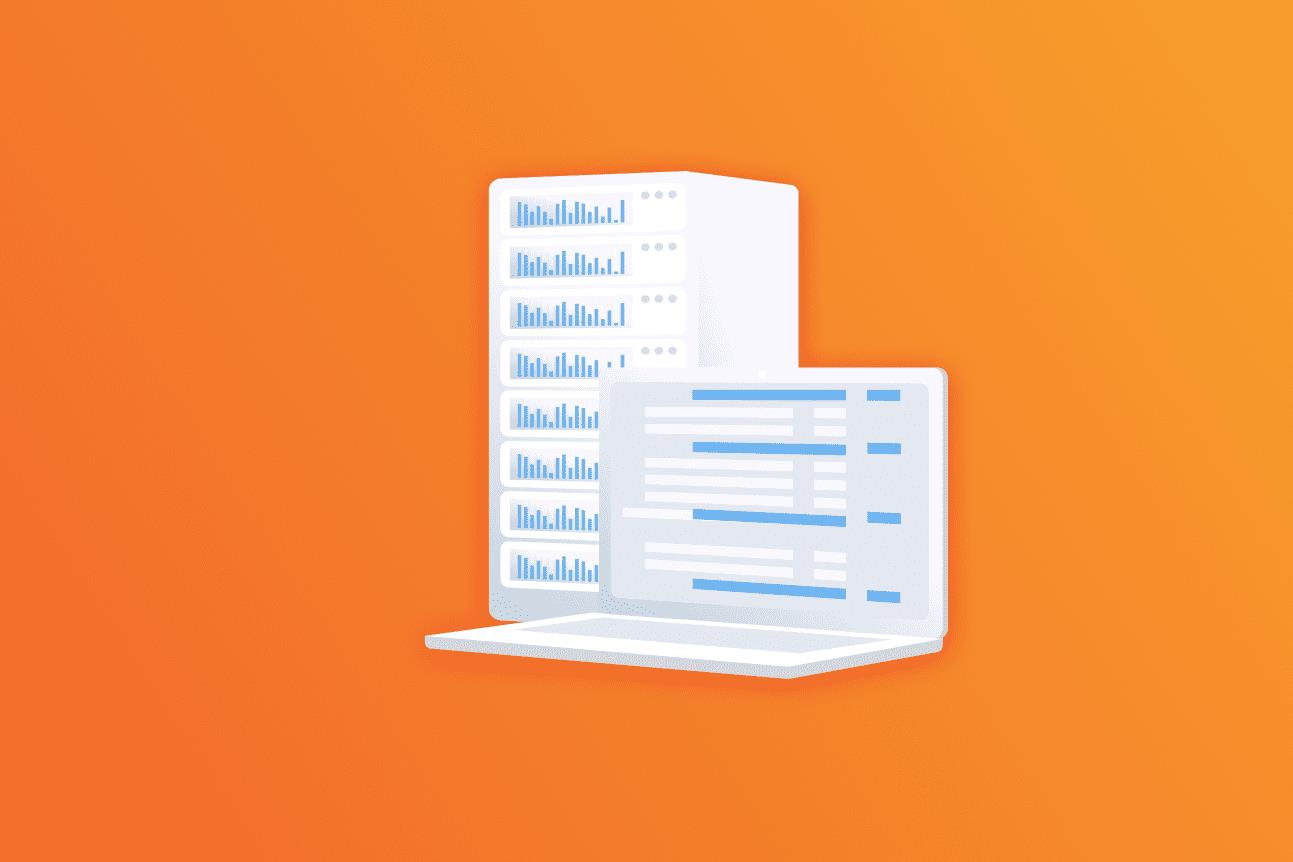Alexander Sokolov, Lead .NET Engineer, talked about what .NET is, where it is used and why students should register for training now.
A — The future belongs to the network. Microsoft understood this at the end of the last century when it began to create the .NET software platform. It is a set of programs or program code that developers can reuse and use to create their own software products.
B — “Client-server” interaction. This is the main purpose of creating the platform. In the '90s, mobile devices began to appear. However, they still did not have enough power to work with complex programs. The idea of switching to a "client-server" interaction was the perfect solution to this problem. With the .NET platform, all the information and complex logic were stored on the server, and the client only saw a pretty picture.
C — Microsoft Support Team allows you to resolve all the issues about working with the .NET platform. In general, one of the main advantages of the platform is that all features are provided by one company, they are fine-tuned and meet all standards. This means that, in most cases, the platform works flawlessly.
D — Additional downloads when working with .NET are needed in special cases. For example, these can be databases. But even on them, you can study additional information and figure it out with the help of NuGet Manager, a platform with all the solutions that the .NET community creates and uses.
E — The only tool you need to work with .NET is Visual Studio. Once Studio is installed on your computer, you have access to all the features that .NET provides. The programmer doesn't need any other development environment to solve the issue of multithreading or asynchrony. Everything is already here. You can start writing everything from games to software for smart refrigerators.
F — The coveted answer to Java. It is believed that .NET is Microsoft's answer to Java. The main language in the .NET ecosystem is C#. It is a kind of recycled Java, where they took into account all the inconveniences that developers have. To become a .NET developer, you need one tool: Visual Studio.
G — Xamarin is a free open-source framework that allows you to write applications for mobile devices on both iOS and Android.
H — The .NET toolkit now allows you to create applications from the entire list that the market requires. Since Microsoft made .NET an open-source platform through which the community could contribute to its development, it has been firmly embedded in the day-to-day development of open-source products.
I — Microsoft regularly holds some of the largest IT conferences. This is a great way for platform users to keep up to date with new features and capabilities and expand their professional knowledge.
J — Any games that can be created with the free Unity engine on the .NET platform. As of 2021, Unity is the most popular engine for both mobile game development and Steam for PC.
K — Machine learning can be implemented using ML.NET’s library, which allows you to configure and train neural networks.
L — The .NET framework and a compressed version of Windows allow you to write programs to work with "smart devices". It is implemented via Micro SD Flash, which they insert into a chip and write programs in C#, running them on any "smart device".
M — Cloud systems can be created on the platform using the Azure platform.
N — Intermediate Language. All .NET-like languages (C#, F#, Visual Basic .NET) are compiled into an Intermediate Language, which is already used by the Common Language Runtime (CLR). This means that a developer can reuse code written in any .NET-like language in his or her program. Moreover, it is even possible to invent one's own language; the main thing is to write a compiler for it.
O — Extended Reality (XR), which includes VR and AR, is also created using the Unity engine via the .NET platform.
P — The Stack Overflow system of questions and answers about programming is written in ASP.NET
Q — Now about C#. .NET is an ecosystem with its own set of programs, utilities, and just code. And C# is a language in which you can write and use the entire ecosystem. In addition to C#, there is also F#, which is focused on functional programming.
R — Learn while you study. As soon as you graduate from university, you’ll want to work. But the problem is, you may not have enough knowledge. Without the help of professional teachers and technical education, it's hard to "get into" a programming language or platform. And when learning information only from the Internet, there is a risk of learning something wrong. You can get useful practical experience through training. It will not interfere with studies at the university, because it takes two-three hours a day. Moreover, many teachers know about the EPAM training center and allow students to complete practical assignments with laboratory work from the training center.
S — Microsoft functional documentation at docs.microsoft.com is the place to start learning about .NET. Those who compiled this documentation took it seriously. Unlike many others, Microsoft documentation is built from the solution to a problem or task that is transparently and clearly explained.
T — A good interactive textbook that complements the work of Microsoft documentation will make learning even easier and will “guide by the hand” from the simplest to the most complicated things.
U — A whole array of .NET collections: static arrays, dynamic arrays, hash tables, linked lists, unidirectional and bidirectional lists, stacks, queues, decks. It is important to understand the difference between them and when to refer to one or the other, because each has its own operating logic.
V — Special cases of using collections. This is a favorite question when applying for training. For example, the difference between a static and a dynamic array. When you create a dynamic array, it reserves some space in memory until that space begins to run out. Here the dynamic array is doubled. All this happens unnoticed by the programmer and looks like the collection is infinitely expandable. But we must not forget that a lot of memory is spent in this case. Therefore, some other data structure is suitable for the frequent addition of elements.
W — Six training programs are now available at the EPAM training center in the area of .NET development.
X — It's not hard! The main thing is to try and not be afraid!
Y — You can! Basics of .NET Framework, HTML and CSS, design, and development of web applications using ASP.NET technology—all this you can learn and try in practice at the EPAM training center.
Z — The C# language and other languages to work on the .NET platform are also in the training program!








